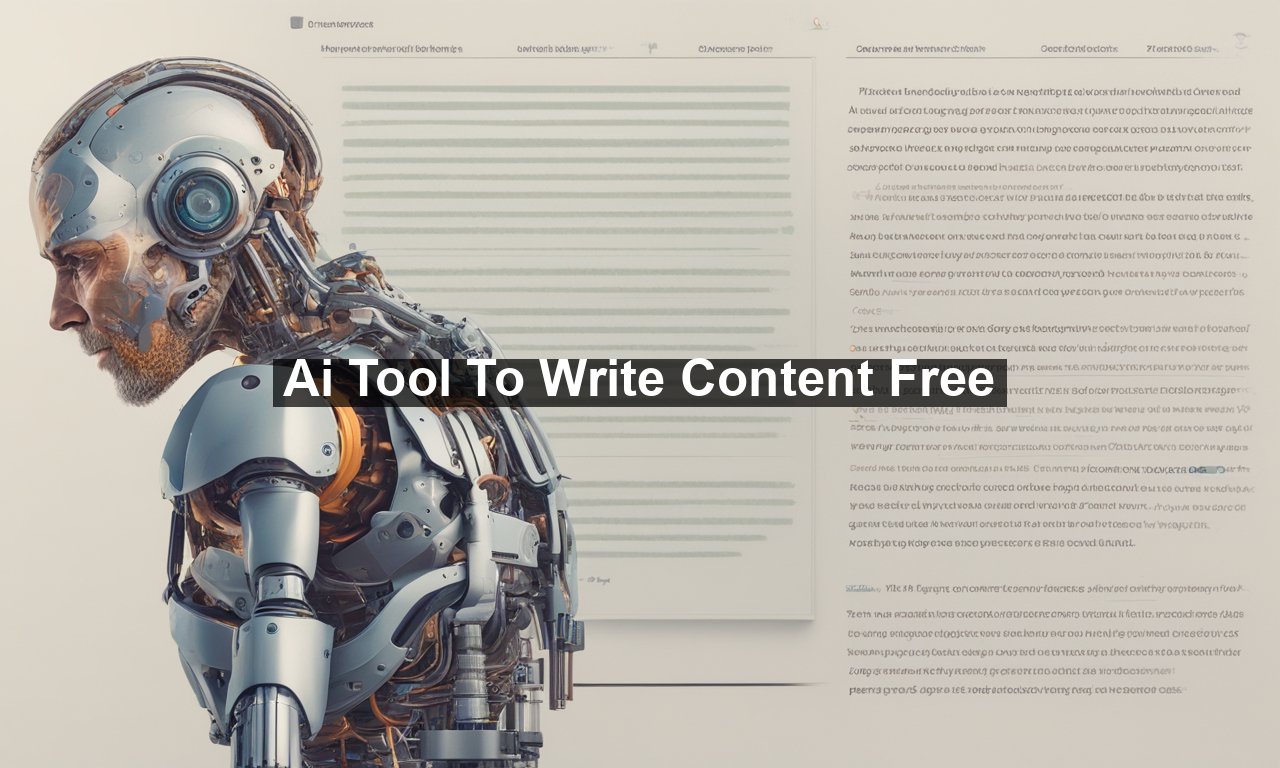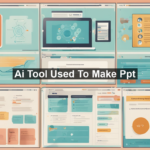In an age where content is king, the demand for high-quality, engaging, and consistent content creation is more pressing than ever. But let’s face it; not all businesses or individuals have the resources to hire a professional content writer or dedicate hours to crafting the perfect blog post. Enter the world of AI tools, making it incredibly easy to generate free and efficient content in no time. This blog delves into the realm of AI-powered content writing tools, answering your burning questions and exploring how they can bring value to your digital presence while keeping those dreaded writer’s blocks at bay.
What are AI Tools for Content Writing?
AI tools for content writing are sophisticated pieces of software designed to help create written content with minimal human input. By leveraging natural language processing (NLP) and advanced algorithms, these tools can generate articles, blogs, reports, and more. A few noteworthy benefits of these AI tools include:
- Saving time on writing and editing.
- Enhancing creativity by providing suggestions and ideas.
- Ensuring grammatical accuracy and adherence to SEO metrics.
- Reducing costs as compared to hiring humans.
Popular Free AI Content Writing Tools
Ready to dip your toes into AI-driven content? Let’s explore some popular free AI content writing tools that can revolutionize the way you produce content:
- ChatGPT: Developed by OpenAI, this tool has gained immense popularity due to its user-friendly interface and flexible applications. It can assist in generating diverse types of text-based content.
- Grammarly: While primarily known for grammar checks, Grammarly’s AI-driven writing assistant can help compose contextually enhanced content, ensuring grammatical precision and optimized readability.
- QuillBot: With paraphrasing and summarizing abilities, QuillBot can refine your existing content or provide fresh takes on topics, contributing to uniquely tailored pieces.
How Do These Tools Work?
These AI solutions utilize natural language processing and machine learning to understand, analyze, and emulate human writing styles. Here’s a basic breakdown of how they work:
- Input Data: You provide the AI with basic information about the topic or a draft of the content you wish to enhance.
- Processing: The AI analyzes the input using intricate algorithms to contextualize the information and ascertain the desired writing style and tone.
- Output: The AI generates content that meets your specified criteria, offering a polished, publication-ready piece.
It’s important to note that while these tools significantly automate the writing process, the final review and edit should always involve human oversight.
Advantages and Limitations of Using AI Writing Tools
Like any technology, AI content writing tools come with their own set of advantages and limitations:
Advantages:
AI tools can transform the way you approach content creation. They offer:
- Efficiency: They reduce the time spent on drafting, writing, and editing.
- Accessibility: These tools make professional writing capabilities accessible to anyone, regardless of skill level.
- Scalability: They can rapidly generate large volumes of content, perfect for businesses looking to boost their content marketing strategies.
Limitations:
Even the best AI writing tools aren’t flawless. They may present challenges such as:
- Lack of Creativity: While AI can mimic writing styles, it struggles to create genuinely unique or creative content that requires human intuition.
- Contextual Misunderstandings: AI may sometimes misinterpret nuanced topics or cultural references, leading to errors in the content.
Despite these limitations, consistent human guidance can mitigate such challenges, ensuring that the final content resonates well with the target audience.
Can AI Tools Really Replace Human Writers?
This is a common question running through the minds of many business owners and marketers. The answer is nuanced. While AI writing tools can substantially ease content creation tasks, they aren’t a complete substitute for human writers. Human creativity, intuition, and the ability to contextualize and empathize with readers are invaluable and irreplaceable. AI serves best as a fantastic assistant, enhancing the efficiency and productivity of human writers rather than fully replacing them.
By integrating AI into the content creation framework, businesses can balance the need for quality and quantity, leveraging technology to complement human skill sets. For more in-depth exploration on how AI influences our professional landscape, you may find articles on Forbes and Deloitte insightful.
Conclusion
AI tools for content writing represent a groundbreaking shift in how we approach our written communication. Not only do they deliver fast and efficient content production, but they also open doors for individuals and organizations alike to engage with diverse audiences, irrespective of their content creation expertise. Embracing these tools while still valuing the irreplaceable touch of human writers can lead to masterpieces of content that captivate readers and resonate with their interests. Why not give it a shot and see the impact these tools can make on your content strategy?











